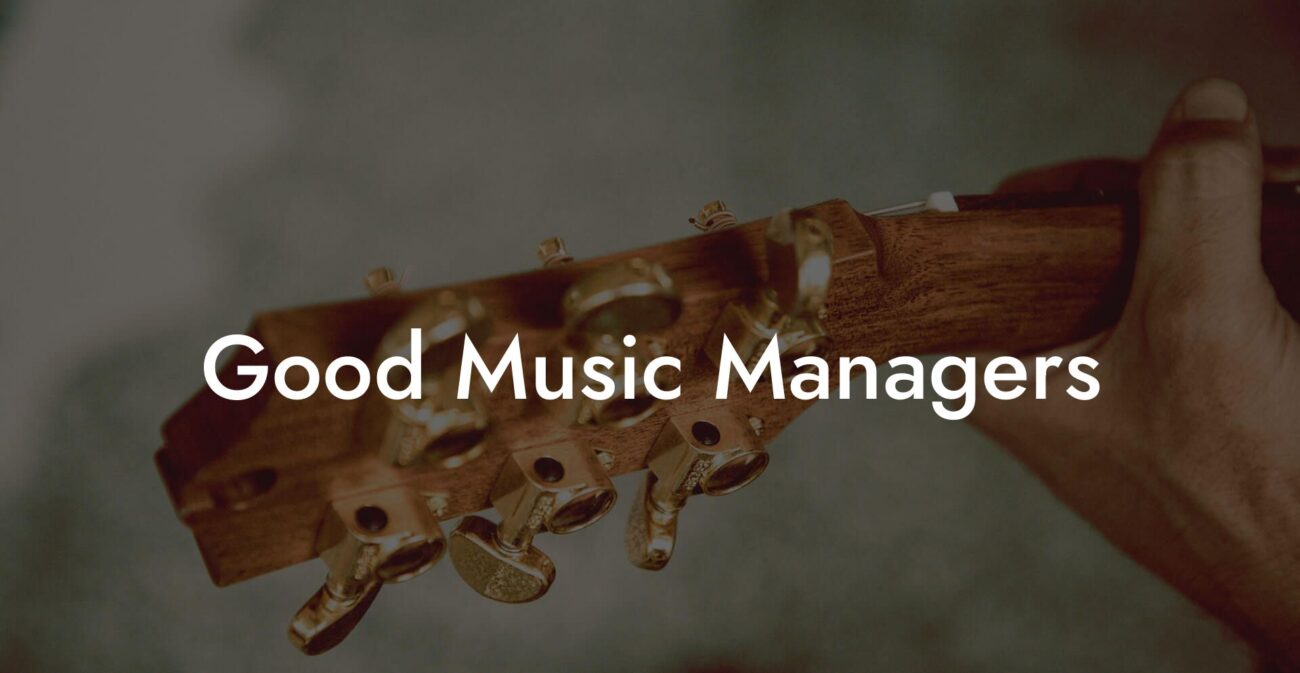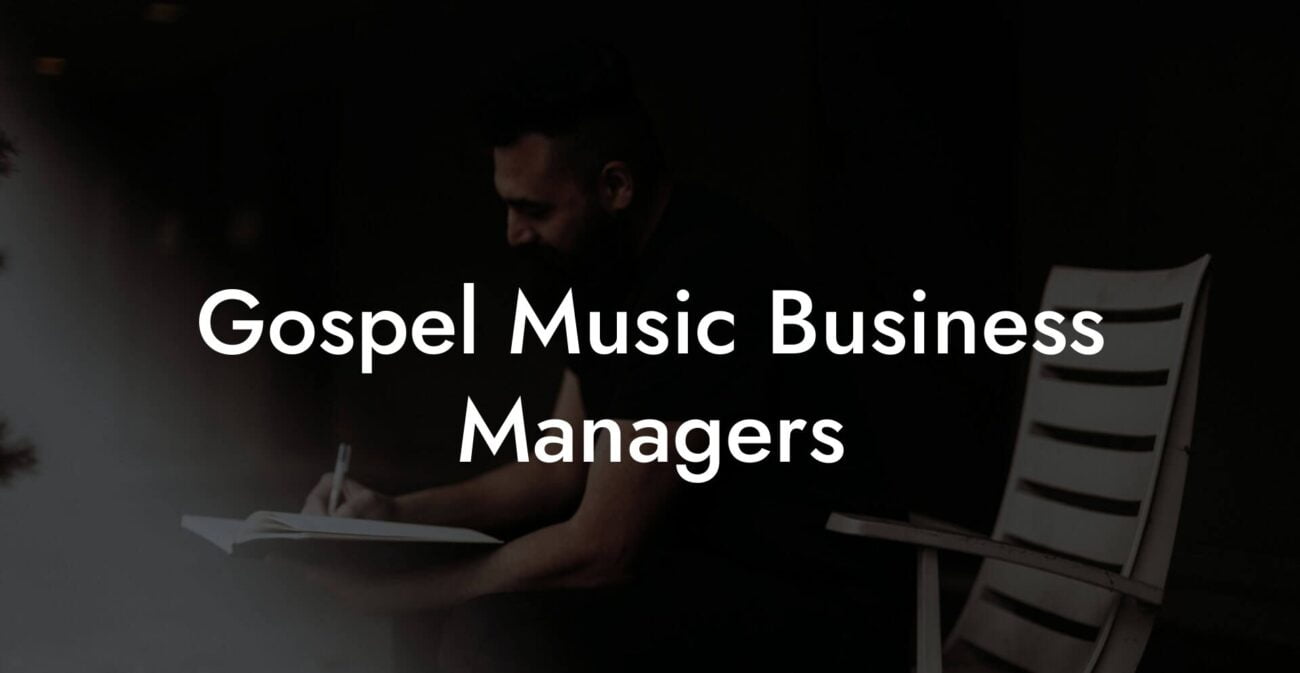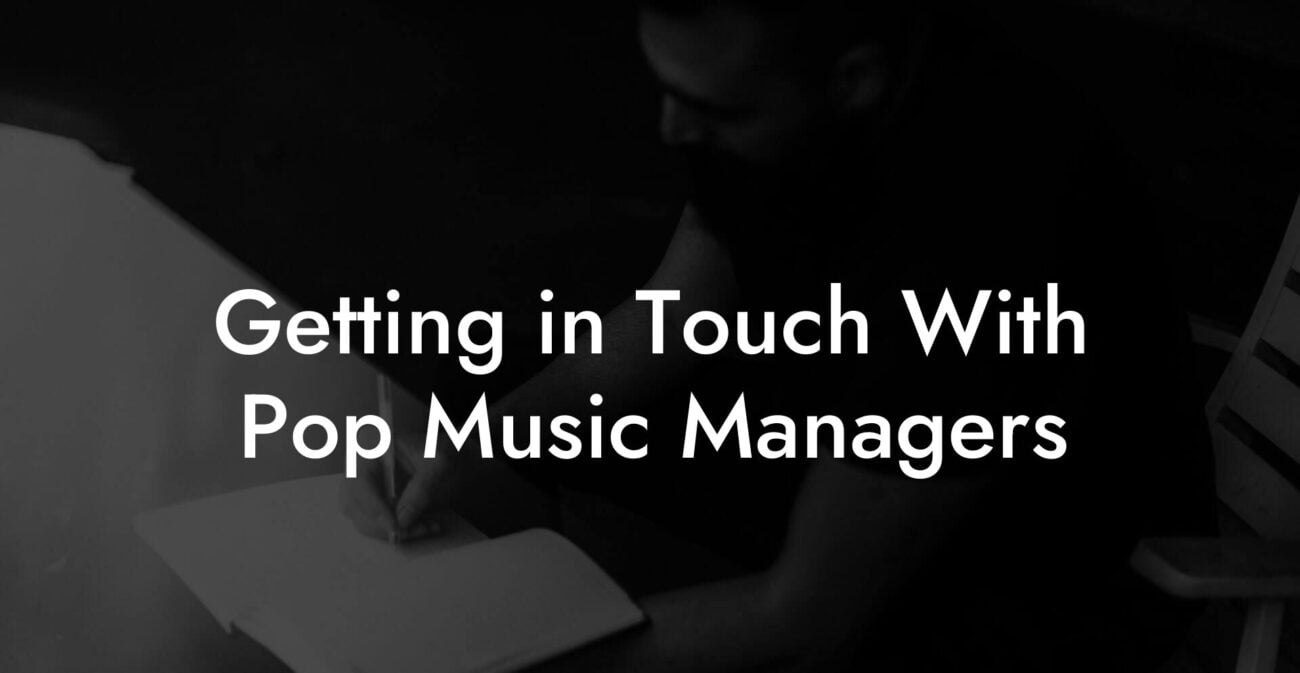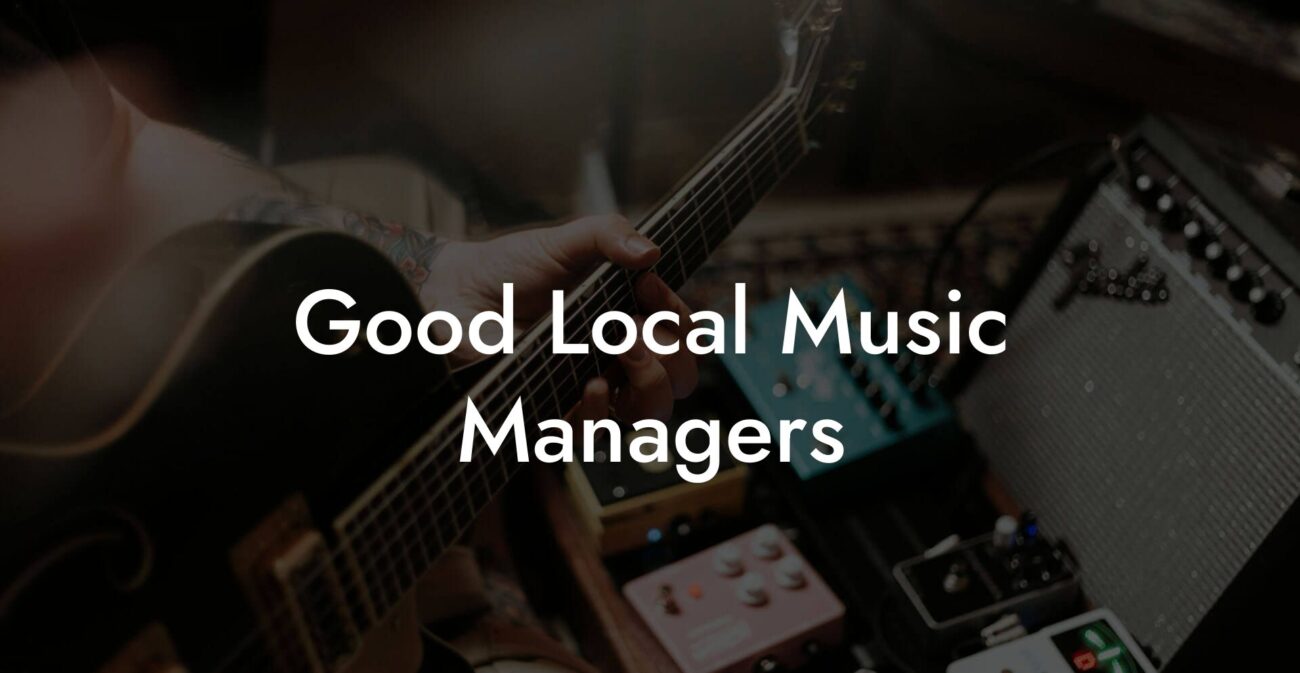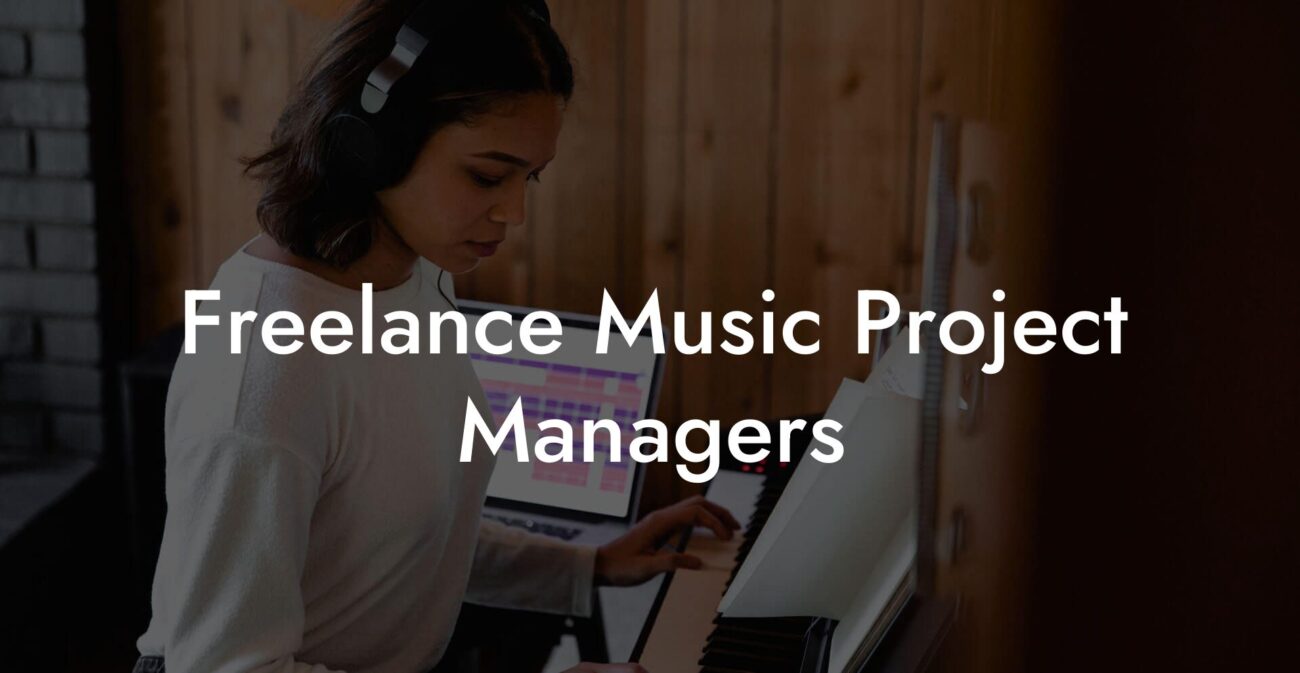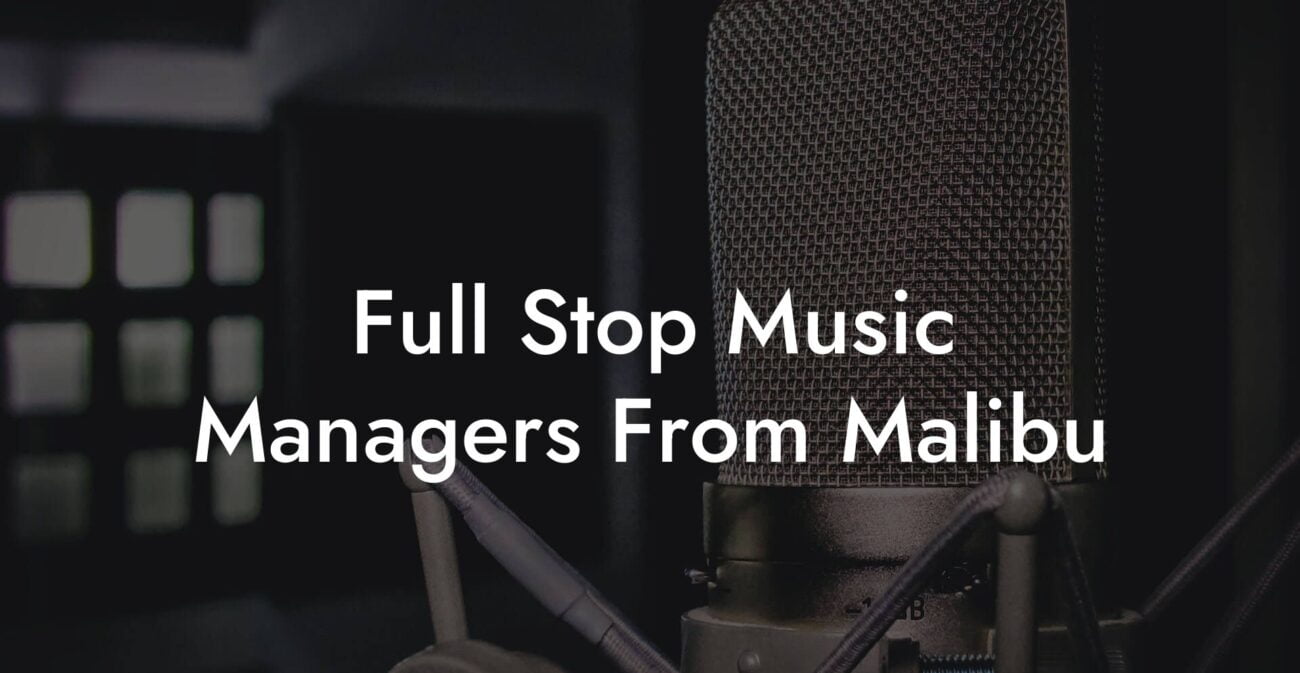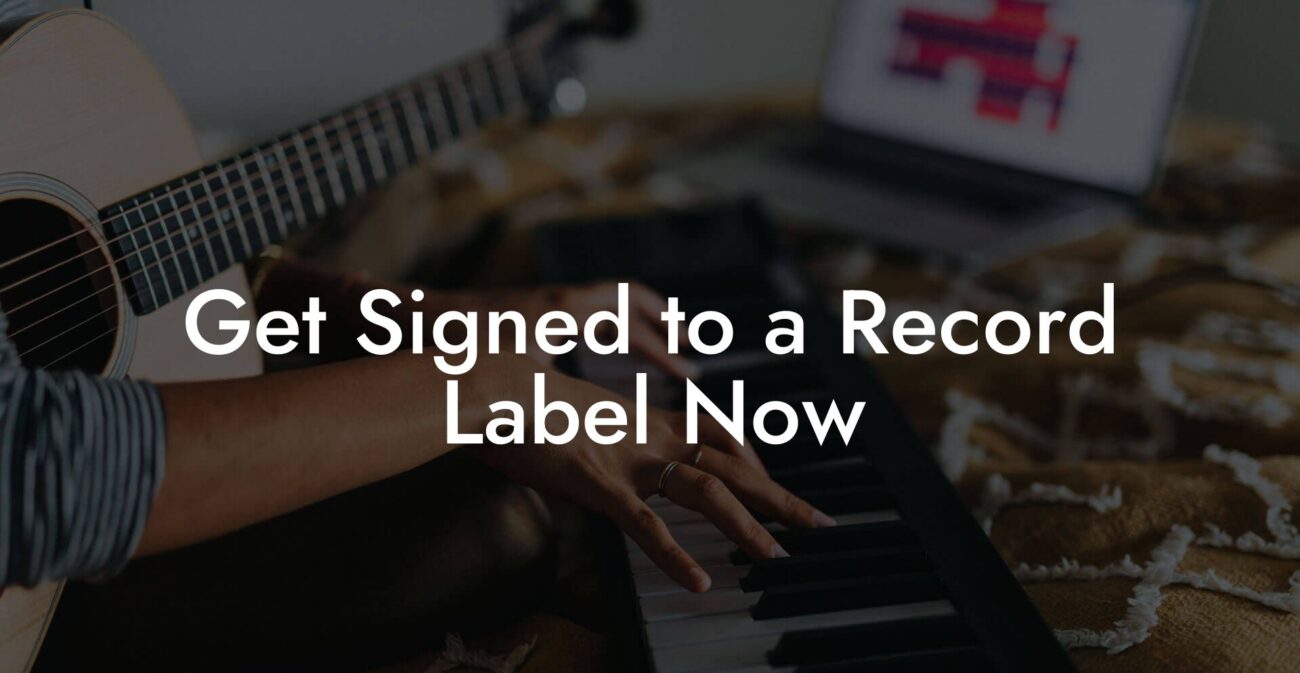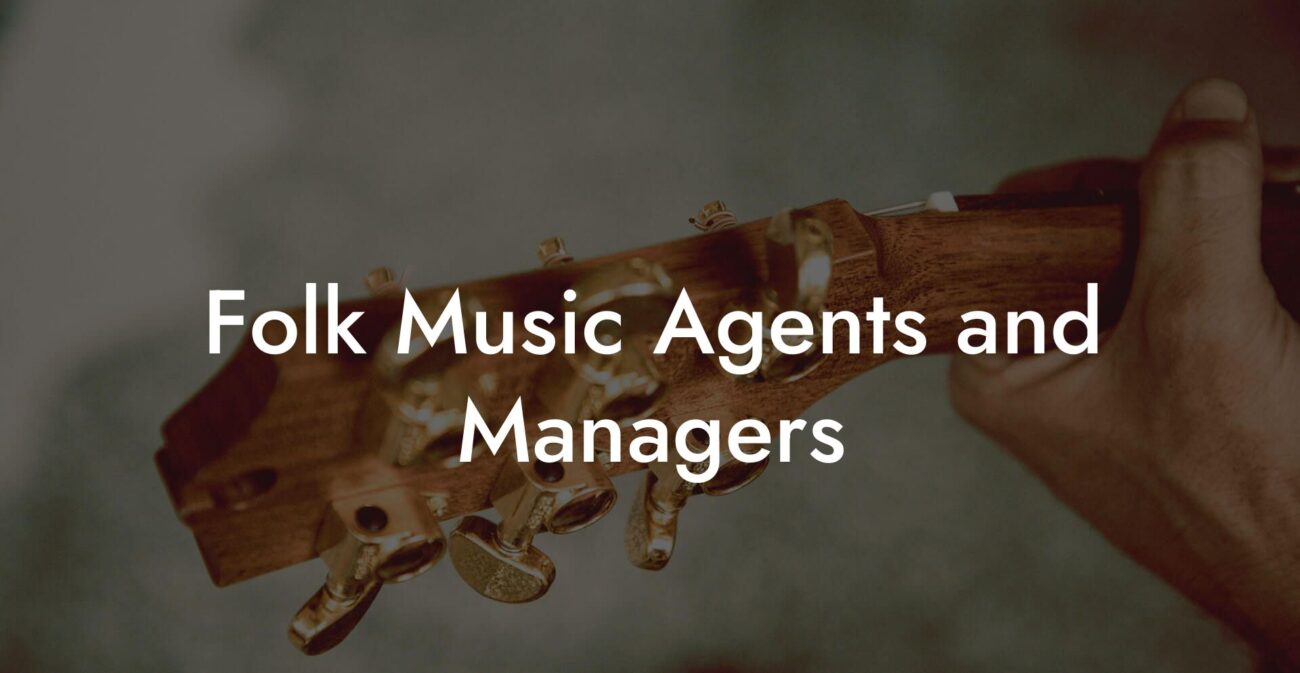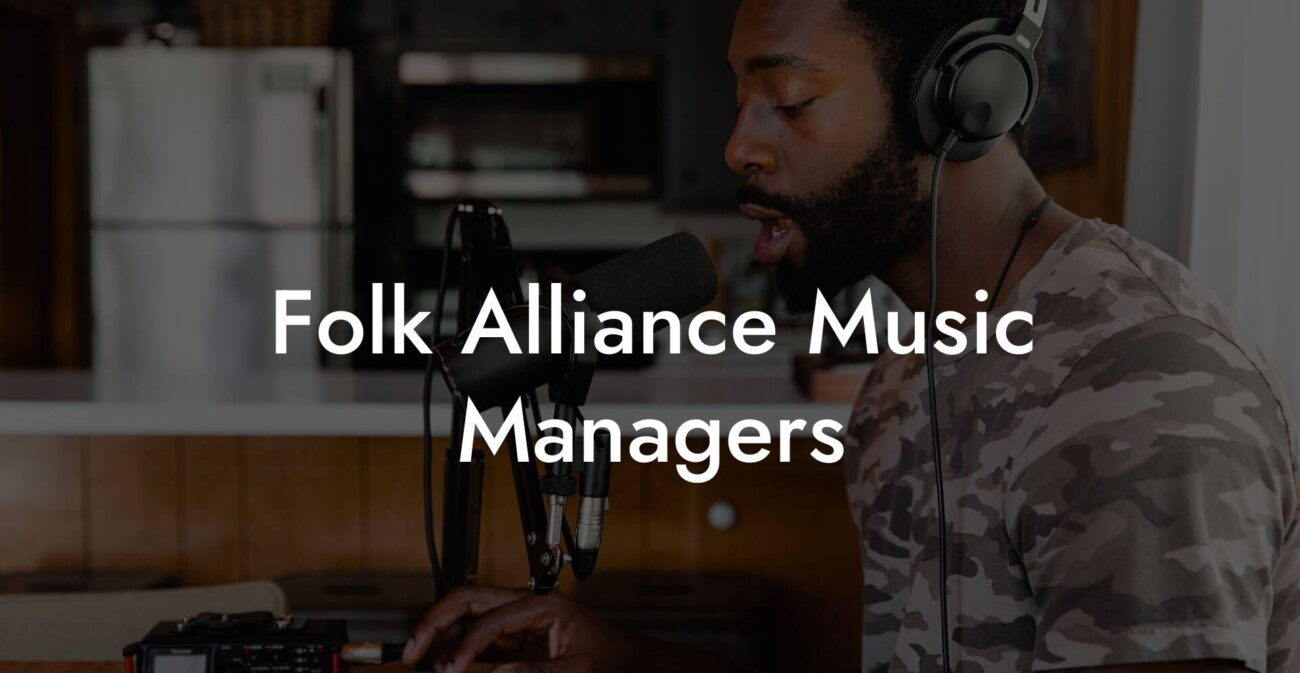Songwriting Advice
Lyrics Into Songs
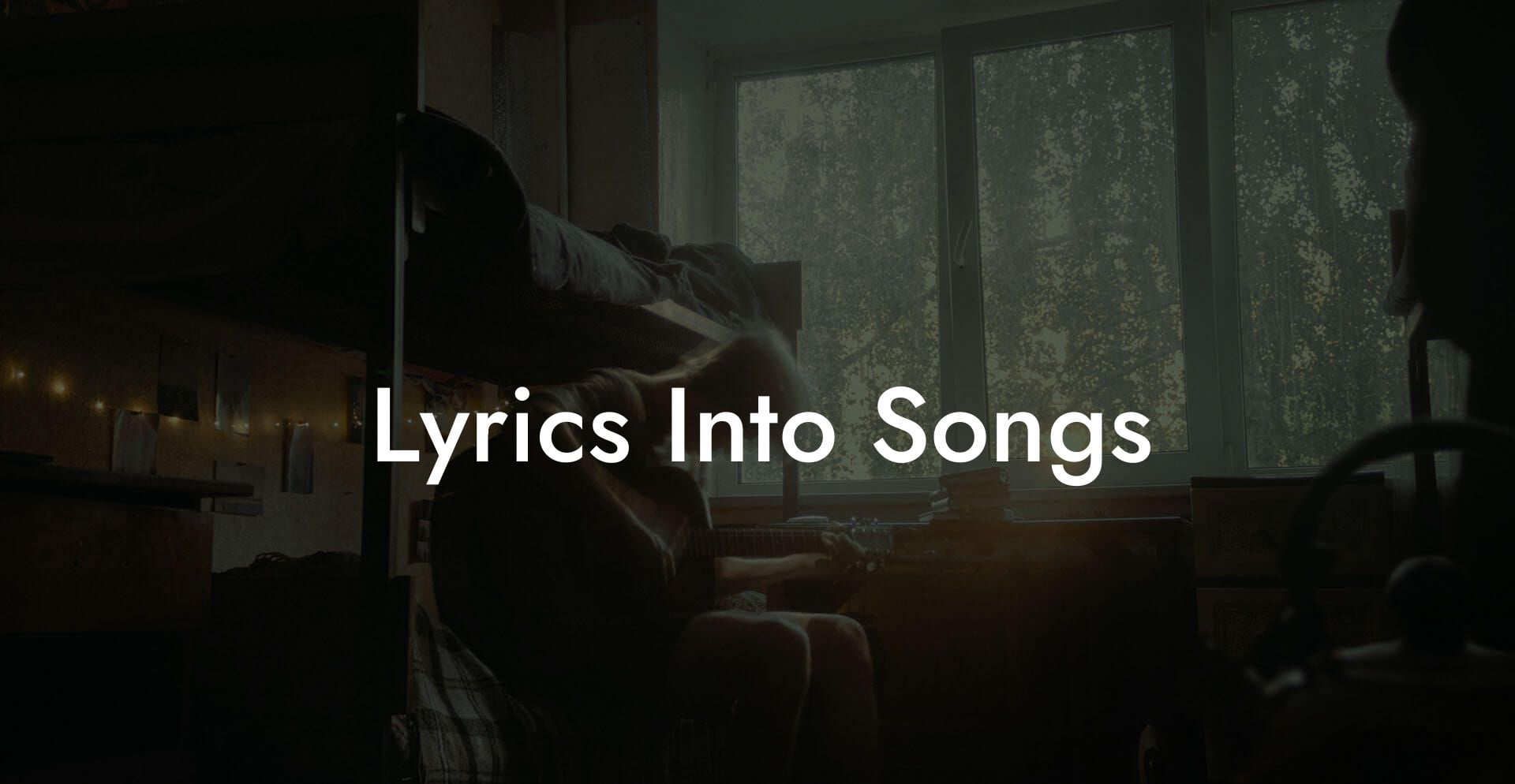
Ever sat down with a cup of artisan coffee, a notebook full of scribbled thoughts, and wondered how to transform those raw, unpolished lyrics into a chart-topping jam? Welcome to “Lyrics Into Songs”—your ultimate guide to taking your innermost verse and molding it into a hit tune! Whether you’re just starting your songwriting journey or the next big thing waiting for that breakthrough moment, this guide is your backstage pass into the art and science of songwriting. Get ready to dive deep into creative techniques, tech tools (hello, Lyric Assistant!), and the secret sauce that makes your words come alive.
Looking for the ultimate cheatsheet to skyrocket your music career? Get instant access to the contact details of the gatekeepers of the music industry... Record Labels. Music Managers. A&R's. Festival Booking Agents. Find out more →
Quick Links to Useful Sections
- What Does "Lyrics Into Songs" Really Mean?
- The Building Blocks of Successful Songwriting
- Traditional Songwriting Meets Modern Innovations
- Finding Your Inspiration: From Life Stories to Viral Trends
- The Creative Process: From Rough Drafts to Refined Masterpieces
- Step 1: Freewriting and Brainstorming
- Step 2: Drafting a Rough Outline
- Step 3: Refining the Lyrics
- Step 4: Crafting the Melody
- Step 5: Adding the Finishing Touches
- Leveraging Technology: How Lyric Assistant Can Elevate Your Music
- Mind-Body Practices: Staying in the Creative Flow
- Meditation and Mindfulness
- Physical Movement and Stretching
- Journaling and Daily Reflection
- Lyrics, Layouts, and Lifestyle: Fueling Your Creative Journey
- Nutritional Fuel for Creative Brilliance
- Creating a Creative Sanctuary
- Establishing a Daily Creative Routine
- Real-Life Transformations: Songwriting Case Studies
- Case Study 1: The Bedroom Poet's Breakthrough
- Case Study 2: Collaborating Across Continents
- Case Study 3: Reinventing the Old-School Method
- Crafting Your Personalized Songwriting Blueprint
- Step 1: Self-Discovery and Inspiration Mapping
- Step 2: Establish Your Song Structure
- Step 3: Experiment with Digital Tools
- Step 4: Write, Edit, and Repeat
- Step 5: Test and Refine with Feedback
- Resources and Community Support: Your Next Steps
- Songwriting FAQs: Your Burning Questions Answered
- Your Journey from Lyrics to Chart-Topping Songs
What Does “Lyrics Into Songs” Really Mean?
At its core, turning lyrics into songs is about transforming raw ideas and poetic expressions into vibrant musical narratives. It goes beyond just jotting down words or scribbling in a journal. Instead, it’s an alchemical process where inspiration meets technique, where unrefined verses become intricately layered songs that resonate with audiences. For millennials and Gen Z alike, who crave authenticity and innovation, the process is as much about self-expression as it is about mastering the craft.
Think of it as taking the soul of your story, the emotion behind every line, and giving it structure, rhythm, and a melody that pulses with life. And guess what? With the rise of digital tools like Lyric Assistant, you no longer have to face the intimidating blank page alone. This isn’t just about technical skills; it’s an invitation to explore creativity, connect with your audience, and bring out the musician in you.
In essence, “Lyrics Into Songs” is a holistic approach to songwriting. It marries traditional techniques with modern technology, while embracing your personal story and unique style. Whether your songwriting journey is filled with spontaneous midnight inspirations or meticulously planned songwriting sessions, this guide will help you navigate the many facets of turning your lyrics into memorable music.
The Building Blocks of Successful Songwriting
Songwriting isn’t just a hobby—it’s a craft that blends art, emotion, and technique. In order to craft a song that not only captivates listeners but also stands the test of time, it’s essential to understand the foundational elements. Here’s what every aspiring songwriter should keep in their toolkit:
- Inspiration: The spark that ignites every great song. It can come from personal experiences, social issues, or even a catchy phrase you overheard.
- Structure: The framework that gives shape to your lyrics. This includes verses, choruses, bridges, and even hooks that grab attention.
- Melody and Rhythm: The heartbeat of the song. A compelling melody, combined with a groove or rhythm, can elevate even the simplest lyrics into an unforgettable tune.
- Emotion: The driving force that connects your song to its listeners. It’s what makes a song feel real and relatable, infusing your words with a soulful vibe.
- Technology: Modern songwriting isn’t complete without digital tools and apps like Lyric Assistant that help you brainstorm, refine, and perfect your lyrics.
Each element plays a critical role—just like the instruments in a band. When balanced and harmonized, your lyrics can transform into songs that not only entertain but also resonate with the diverse tastes of today’s music lovers.
Traditional Songwriting Meets Modern Innovations
Before we dive into the nitty-gritty, let’s take a moment to honor the traditional roots of songwriting. For decades, songwriters have relied on pen and paper, acoustic guitar sessions, and raw emotion to lay down their tracks. There’s a charm in the simplicity of scribbling your feelings into pages and later setting them to music.
However, as technology has evolved, so too have the tools available to musicians. Nowadays, you have a digital toolbox at your fingertips that can help you with everything from rhyming schemes to structuring your song’s narrative. Apps like Lyric Assistant make the often-daunting process of songwriting more accessible and even fun. With features that guide you through brainstorming sessions, refine your drafts, and offer creative prompts, modern songwriting has become a delightful mix of art and science.
The best of both worlds is where tradition meets innovation. You can still embrace the classic methods of writing by hand or strumming an acoustic guitar, all while leveraging digital tools to polish those raw lyrics into radio-ready brilliance. The secret is to blend your innate creativity with technology, so your music feels both timeless and fresh.
Finding Your Inspiration: From Life Stories to Viral Trends
Inspiration is the lifeblood of songwriting. For many, it’s found in personal experiences—heartbreaks, joyous triumphs, or even mundane moments that suddenly seem profound. For others, inspiration comes from the ever-changing cultural pulse of today’s viral trends, social media movements, and meme culture. Millennials and Gen Z, in particular, draw from a diverse spectrum: from nostalgic references to the latest TikTok challenges.
Here are some ways to spark your creative flame:
- Personal Journaling: Keep a journal or voice memo record of your thoughts, feelings, and quirky observations. You never know which line might bloom into a chorus.
- Social Media and Memes: Pay attention to the stories behind viral trends. They often capture universal emotions in a matter of seconds.
- Nature and Travel: Changing your environment can open up new perspectives and inspire vivid imagery for your lyrics.
- Collaborations: Sometimes, bouncing ideas off other creatives can lead to unexpected breakthroughs and innovative songwriting.
- Daily Experiences: Even the simple act of people-watching or taking a walk in your neighborhood can evoke memories and emotions that translate into powerful lyrics.
Remember, inspiration isn’t about forcing creativity—it’s about being open to the beauty and chaos of life. With the right mindset, even a rainy day can transform into a melody waiting to be played.
The Creative Process: From Rough Drafts to Refined Masterpieces
The journey from a rough lyric draft to a polished song is filled with revisions, reworkings, and occasional moments of self-doubt. But, hey, every great masterpiece requires layers of refinement! Here’s a glimpse into the creative process that can help you navigate those inevitable ups and downs:
Step 1: Freewriting and Brainstorming
Kick off your songwriting session by letting your thoughts flow without constraints. Freewriting can be messy, but it’s in that chaotic jumble of words where magic begins. Don’t worry about perfect rhyme schemes or flawless structure during this stage—just let your inner poet spill out raw emotions and ideas.
Step 2: Drafting a Rough Outline
Once you’ve captured that creative spark, start organizing your ideas. Create a rough outline of your song that includes the key elements: the verses, chorus, and bridge. This structure provides a roadmap for your creative journey and ensures that your story unfolds in an engaging, coherent manner.
Step 3: Refining the Lyrics
Now, it’s time to tighten up those verses. Edit relentlessly—trim excess words, sharpen your imagery, and fine-tune the rhythm of your lines. This is where digital tools like Lyric Assistant can be a game-changer. With smart prompts and suggestions, you can transform clunky lines into lyrical gold.
Step 4: Crafting the Melody
A melody is the soul of your song. Experiment with different tunes that resonate with the emotion in your lyrics. Don’t be afraid to play around on an instrument or use a digital keyboard. Sometimes, humming a melody aloud can help you align your lyrics with the perfect musical backdrop.
Step 5: Adding the Finishing Touches
This is your moment to shine. Polish the song by ensuring every element flows seamlessly. Record rough demos, test the song with friends, and be open to feedback. Remember, every great hit has undergone numerous iterations before it reached its full potential.
Embrace the process and trust that every edit brings you one step closer to a masterpiece that captures your unique voice.
Leveraging Technology: How Lyric Assistant Can Elevate Your Music
Let’s talk tech—because in today’s fast-paced world, digital tools aren’t just for the tech-savvy; they’re essential allies in the creative process. Lyric Assistant and similar platforms are designed to spark creativity, streamline revisions, and bring structure to even your wildest lyrical ideas. Not only do they help you explore different rhyme schemes, but they also offer suggestions to enrich your song’s narrative.
Imagine having a virtual collaborator who never sleeps, always ready to throw out a creative line or prompt that could take your song from “meh” to “mind-blowing.” Whether you’re wrestling with writer’s block or simply looking to experiment with new styles, digital songwriting tools can help you refine your ideas and tailor your lyrics to resonate with modern audiences.
From sophisticated algorithms that track current lyrical trends to intuitive interfaces that let you drag and drop your ideas into a neat arrangement, technology is revolutionizing how we approach songwriting. And the best part? It’s designed to work with you, not replace your unique creative spark.
So, next time you’re stuck on a line or searching for that perfect metaphor, remember that digital tools like Lyric Assistant are here to help you break through creative barriers and set your lyrics free.
Mind-Body Practices: Staying in the Creative Flow
Creativity isn’t just about the brain—it’s the whole package. The mind-body connection plays a huge role in maintaining that elusive “flow state” where ideas come effortlessly. Whether you’re drafting lyrics at 2 a.m. or performing live in front of an adoring crowd, staying relaxed and centered is key.
Here are a few down-to-earth practices that can help you keep your creative juices flowing:
Meditation and Mindfulness
Take a few minutes each day to clear your mind. Meditation helps reduce stress and opens mental pathways to inspiration. A calm mind is like a blank canvas—ready to be filled with your creative vision.
Physical Movement and Stretching
Whether it’s a quick yoga session, a dance break, or a brisk walk around the block, moving your body can stimulate your thinking and shake off any creative cobwebs. Plus, it’s a great excuse to bust out your favorite playlist and get inspired by other artists.
Journaling and Daily Reflection
Set aside time each day to jot down ideas, feelings, and observations. Sometimes, the most profound lines of a song are hidden in the everyday moments of life. Keeping a creative journal not only sparks inspiration but also serves as a personal archive of your evolving artistic journey.
Embracing these mind-body practices can dramatically improve your songwriting process. When you’re in tune with yourself, your lyrics flow more naturally, and that elusive feeling of creative clarity becomes a regular part of your routine.
Lyrics, Layouts, and Lifestyle: Fueling Your Creative Journey
Believe it or not, your everyday lifestyle has a significant impact on your songwriting. From the food you eat to the routines you follow, every little detail plays a part in fueling your creative energy.
Nutritional Fuel for Creative Brilliance
Just like a finely tuned musical instrument, your brain performs best when it’s well-fed. A balanced diet rich in omega-3 fatty acids, antioxidants, and whole foods can boost cognitive function and keep your ideas fresh. So, next time you plan a songwriting session, consider a nutritious meal or a quick snack that offers sustained energy.
Creating a Creative Sanctuary
Your environment matters—a cluttered space can lead to a cluttered mind. Designate a corner of your home that inspires creativity. Fill it with art, comfy seating, and maybe even some quirky memorabilia that make you smile every time you walk past. This creative sanctuary can become your personal retreat where ideas evolve and melodies are born.
Establishing a Daily Creative Routine
Consistency is key when it comes to creative pursuits. Set aside dedicated time each day for songwriting—even if it’s just 20 minutes of freewriting or improvising on a melody. The regular practice not only hones your craft but also trains your brain to be in ‘creative mode’ when you need it most.
And let’s not forget—creative inspiration often strikes at the oddest times. Embrace spontaneity by keeping a mobile app or a note on your phone handy, so you can capture those brilliant ideas before they slip away.
By aligning your lifestyle with your creative goals, you set up a self-sustaining system where the spark of inspiration is nurtured by both your habits and your environment.
Real-Life Transformations: Songwriting Case Studies
Sometimes the best way to understand the magic behind turning lyrics into songs is by diving into real-life stories. Here are a few case studies that showcase how aspiring musicians went from scribbling in a notebook to creating songs that resonate on a massive scale:
Case Study 1: The Bedroom Poet’s Breakthrough
Meet Alex—a college student with a penchant for late-night musings and doodles on napkins. Struggling to turn his raw thoughts into something more substantial, Alex decided to give digital songwriting tools a try. With a little help from Lyric Assistant, he was able to refine his scattered ideas into a cohesive set of lyrics. After countless iterations and a few jam sessions with friends, Alex’s bedroom creation transformed into an indie hit that now streams on all major platforms. His journey is a testament to the power of persistence, technology, and a little creative magic.
Case Study 2: Collaborating Across Continents
Then there’s Maya and Rico—a pair of budding musicians separated by thousands of miles but united by their love for music. Using online collaboration tools and innovative lyric software, they blended diverse cultural influences into a chart-topping single that resonated with a global audience. Their creative process involved a mix of virtual jam sessions, shared lyric drafts, and real-time feedback, proving that physical distance is no barrier to artistic brilliance.
Case Study 3: Reinventing the Old-School Method
Finally, consider Jordan—a musician who loved the nostalgia of vinyl records and classic songwriting techniques. Although firmly rooted in traditional methods, he was open to experimenting with modern tech. By integrating the reliability of handwritten lyrics with the efficiency of digital editing tools, Jordan was able to create a hauntingly beautiful ballad that bridges the gap between eras. His song is now the anthem of many, a beautiful fusion of past and present that shows how adaptable and dynamic songwriting can be.
These case studies highlight that there is no one right way to create music. Whether you lean more on technology, collaboration, or traditional methods, every journey is unique. The key is to remain open to experimentation and to trust your creative process.
Crafting Your Personalized Songwriting Blueprint
Now that you’ve got a rundown of what it takes to transform lyrics into fully developed songs, it’s time to build your own personalized blueprint. This plan isn’t etched in stone—it evolves with you and your creative journey. Here’s a step-by-step guide to crafting a plan that fits your style, schedule, and vision:
Step 1: Self-Discovery and Inspiration Mapping
Dive deep into your own experiences and interests. What inspires you? Create a mood board or an inspiration map that ranges from your favorite artists, personal milestones, to that quirky meme that made you laugh. Capture anything that resonates.
Step 2: Establish Your Song Structure
Decide on the framework of your song. Will it follow a traditional verse-chorus-verse structure? Or are you feeling experimental with multiple bridges and unexpected drops? Lay out a tentative roadmap that aligns with your narrative.
Step 3: Experiment with Digital Tools
Play around with lyric generators, editing software, and apps like Lyric Assistant. Let these tools help you expand your ideas, offering alternative lines or even suggesting new directions for your verses. Sometimes, all it takes is a fresh perspective to unlock the next big lyric.
Step 4: Write, Edit, and Repeat
Embrace a cycle of writing and revising. Your first draft might be rough, but that’s okay—it’s the starting point. Tweak the lyrics, adjust the melody, and don’t be afraid to scrap parts that don’t sound right. Every edit is a step closer to perfection.
Step 5: Test and Refine with Feedback
Share your work-in-progress with trusted friends or fellow musicians. Feedback is invaluable. Whether it’s during informal jam sessions or online communities, constructive criticism can provide insights that you might have overlooked.
A personalized songwriting blueprint is a living document. It should grow with you, adapting to new inspirations and changes in your creative journey. The more closely it reflects your personal style, the more authentic and magnetic your music will become.
Resources and Community Support: Your Next Steps
The world of songwriting doesn’t exist in a vacuum. As you navigate your creative path, tapping into resources and community support can supercharge your journey. Here’s how you can further your skills, connect with like-minded artists, and really amplify your songwriting prowess:
Online Communities and Forums: Join dedicated songwriting forums, social media groups, or platforms like Discord where fellow musicians share tips, resources, and feedback. These spaces are goldmines for inspiration and practical advice.
Workshops and Courses: Look for local or online songwriting workshops. These classes, often led by industry professionals, can offer a fresh perspective and help you polish your craft. Platforms like YouTube, Skillshare, or even specialized music schools have sessions that cater to both beginners and advanced songwriters.
Tech Tools and Apps: Integrate digital solutions into your routine. Lyric Assistant is just one example of how technology can simplify the songwriting process, offering a helping hand with creative blocks and structural challenges.
Live Performances and Open Mic Nights: Engaging with your local music scene not only provides valuable feedback but also fuels your creativity. Performing your songs, no matter how raw, is a step toward building confidence and refining your sound.
Collaboration Platforms: Don’t be afraid to collaborate with other musicians. Online tools and networking platforms can connect you with lyricists, composers, and producers from around the globe. Collaborations often introduce new ideas and styles that can propel your songwriting to the next level.
As you embrace these resources, remember that the journey to songwriting mastery is as much about the community as it is about individual effort. Take advantage of the plethora of support available—learn, share, and grow as you transform raw lyrics into soulful songs.
Songwriting FAQs: Your Burning Questions Answered
Got questions? We’ve got answers. Here are some of the most commonly asked questions about turning lyrics into songs and embracing your inner musician:
1. What does turning lyrics into songs actually involve?
It’s the process of taking raw ideas and poetic expressions, then crafting them into a structured song that includes a defined melody, rhythm, and emotional narrative.
2. How can I overcome writer’s block when my ideas just won’t flow?
Try freewriting, brainstorming with digital tools like Lyric Assistant, or even changing your environment. Sometimes stepping away and engaging in a different activity sparks creativity.
3. Are traditional songwriting techniques still relevant today?
Absolutely! Classic methods, like pen-and-paper brainstorming or acoustic jam sessions, blend perfectly with modern tech. It’s all about finding the right balance that works for you.
4. In what ways can technology enhance my songwriting process?
Digital tools provide structure, suggest rhyme schemes and alternate phrasing, and help with editing. They’re a great complement to your creative instincts.
5. How do I structure my song to keep listeners engaged?
Focus on a clear structure that includes memorable verses, a catchy chorus, and perhaps a bridge or hook. Experiment with different formats until you find what best conveys your emotion.
6. Can collaboration really help improve my songwriting?
Yes! Collaborating with other musicians can offer fresh perspectives, inspire new ideas, and help you refine your work through constructive feedback.
7. How can I ensure my lyrics resonate with a modern audience?
Stay up-to-date with current trends, be authentic in your storytelling, and leverage digital platforms for feedback. Engaging with audiences online can give you real-time insights into what resonates.
8. What role does emotion play in crafting a hit song?
Emotion is everything. It’s the driving force that connects you to your listeners, turning words into a heartfelt story that sticks.
9. Are there specific tools to help with melody creation?
Yes, there are several digital apps and software designed to help you experiment with melodies and harmonies, complementing your lyrical creation.
10. How do I continue growing as a songwriter?
Engage with a community of musicians, attend workshops, use tech tools for feedback, and never stop experimenting with your craft. Every song is a learning opportunity.
Your Journey from Lyrics to Chart-Topping Songs
The journey of turning lyrics into compelling songs is as much about personal growth as it is about craftsmanship. It involves exploring your inner world, harnessing technology, and connecting with a global community of artists. Each line you write, every melody you try, and every feedback session will transform not only your songs but also your creative identity.
Embrace the experimentation, welcome the mistakes, and celebrate every small victory along the way. Whether you end up scoring your own indie hit or collaborating with other creative minds worldwide, the process of channeling your authentic voice into every lyric is what makes your music truly unique.
Remember, there is no single formula for success in songwriting—just as there is no one-size-fits-all approach to creativity. It’s your voice, your journey, and your passion that give your music meaning. With every step, you’re not just writing songs—you’re telling your story.
So, plug into your creative spirit and turn those lyrics into songs that resonate, inspire, and maybe even change the world. Your journey starts now—grab that notebook, open your favorite app, and let your music shine through!


